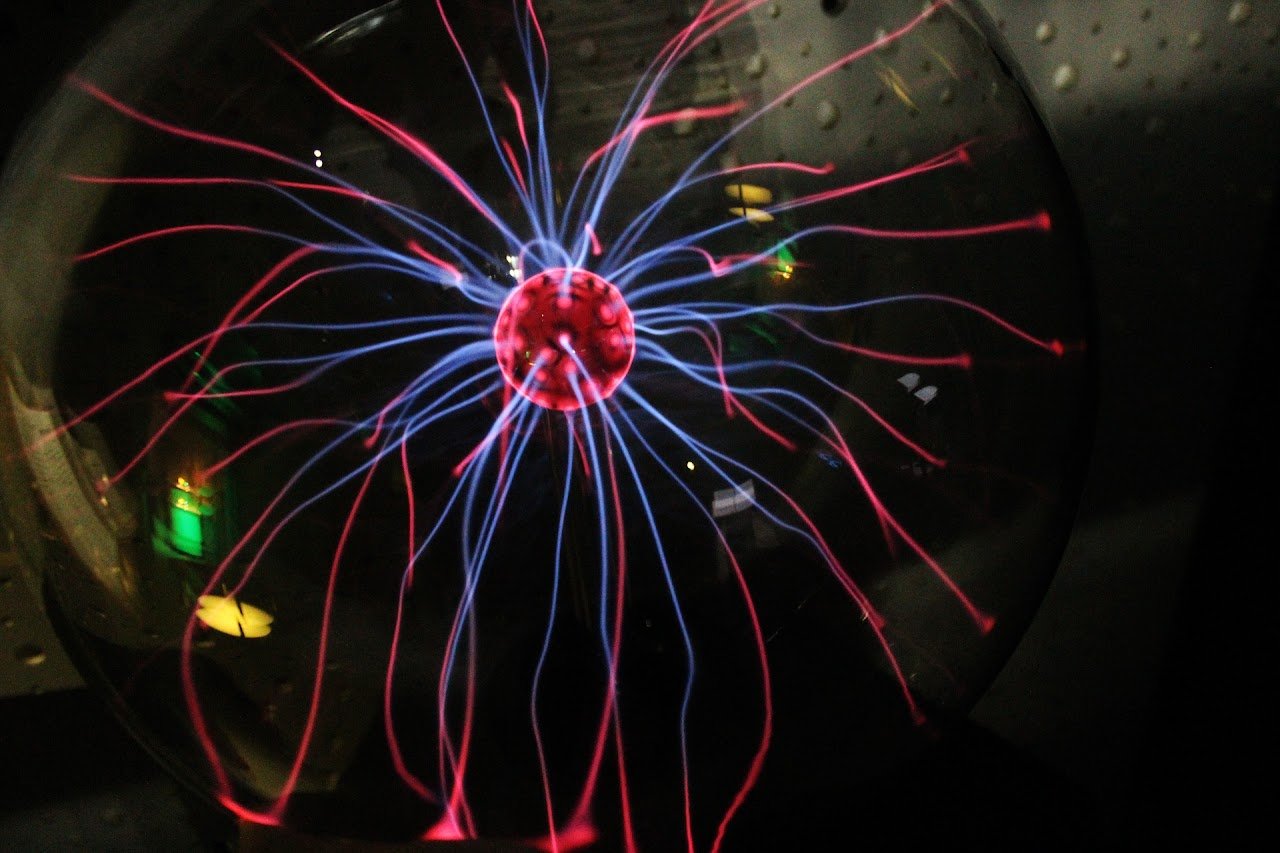Physical Science Unit Resources
Energy
Energy and Matter
Potential Energy
Heat Energy Transfer
Kinetic Energy
Forces and Interactions
Newton’s First and Second Law of Motion
Gravity
Newton’s Third Law of Motion
Electric and Magnetic Forces
Waves and Electromagnetic Radiation
Waves
Digital and Analog Signals
Structure and Properties of Matter
Atoms, Elements & the
Periodic Table
Motion of Molecules
Synthetic Materials
Changes in Molecule Motion
Chemical Reactions
Evidence of a Chemical Change
Thermal Energy Project
Conservation of Mass

Electric and Magnetic Forces Mini Unit Resources
Students play with magnets, balloons, cans, tape and fabric to construct their own understanding of non contact forces. Then, they build an electromagnet and figure out how to make it stronger. Finally, students plan and carry out an investigation to prove fields exist between objects exerting non contact forces on each other.

Gravity Mini Unit Resources
Students demonstrate acceleration due to gravity by dropping objects (basketballs, golf balls etc.) and showing they fall at the same rate, regardless of mass. Then, students answer the question “How is surface gravity related to mass?” by analyzing data and citing evidence from planets in our solar system. Students compare orbital periods with distance from the sun and draw a diagram of balanced forces. Finally, students calculate the weight of a basketball on different planets and figure out what it would be like to play their favorite sport on Jupiter or the sun!

Newton’s Third Law of Motion Mini Unit Resources
Students explore bouncing balls and construct their own meaning of Newton’s 3rd law of motion. They identify the laws of motion at work during their favorite sport or activity. Then, students use their understanding of the laws to design a space vehicle carrying sensitive equipment (an egg) that can withstand collisions with large asteroids (basketballs)!

Newton’s First and Second Laws Mini Unit Resources
Students reflect on the physics of their favorite childhood activity and play with toys (balls, marbles, toy cars, ramps and anything else you have!) to construct their own understanding of force and motion. Then, students use the PhET simulations Balancing Act and Force and Motion to increase their knowledge of Newton's first and second laws. Students practice calculating the net force on an object. Then, they plan and carry out their own investigation to answer the question “How do mass and force affect an object’s motion?” Finally, students share what they learned in a written claim, evidence and reasoning.